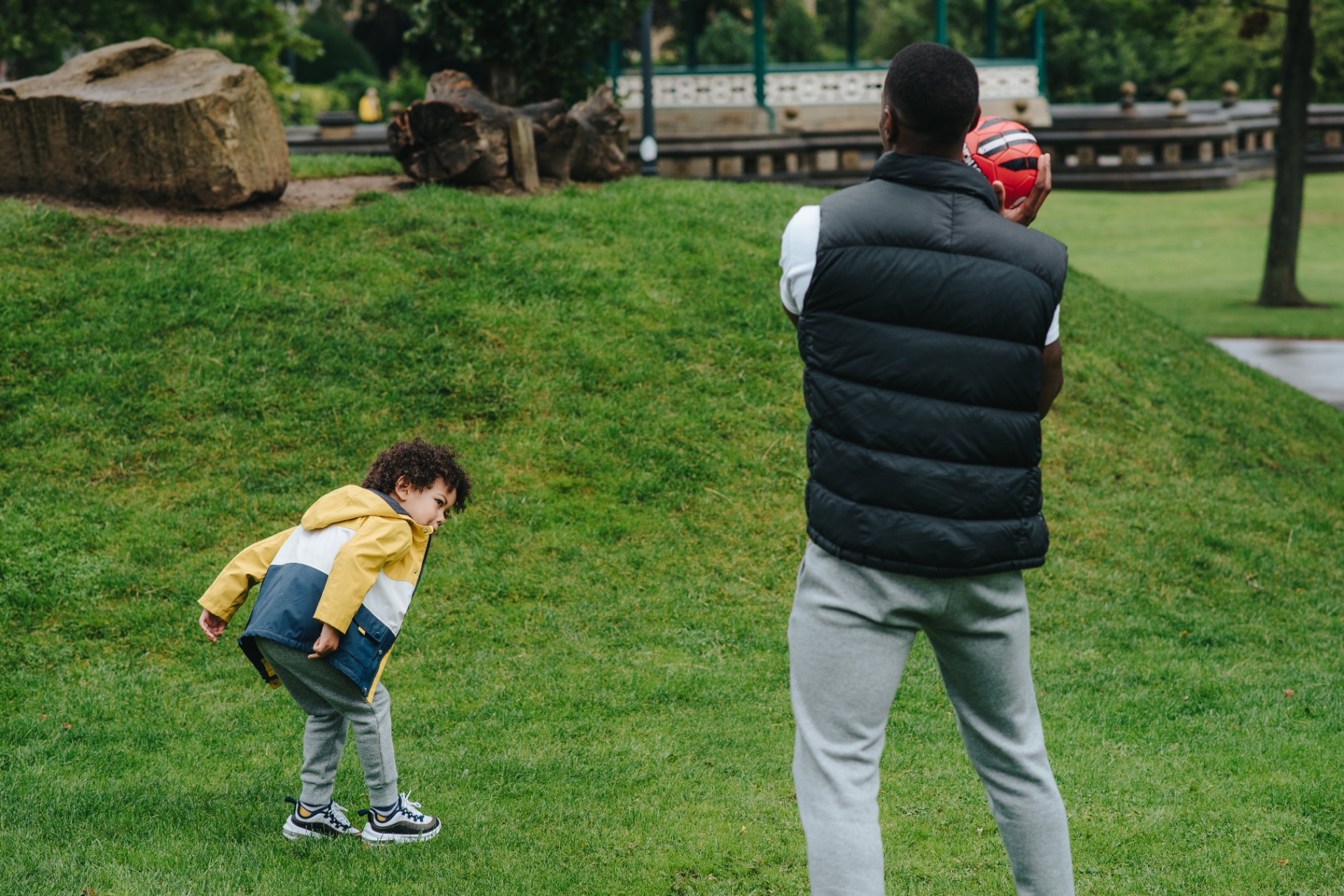Throwing a Ball Back and Forth Can Improve Your Relationship with Your Child: Here’s the Reasons Why

One of the favorite activities of kids who come into our therapy rooms is to throw or roll a ball back and forth. Some kids will do this with the therapist or a parent for much of the session. It can be easy to wonder why so many kids gravitate to this activity, kids of all ages. It can also seem like it is not important at all and maybe even a waste of therapy time, but I would argue it is one of the most important activities a child chooses to do in the room. I bet you’re wondering why I would say that.
The Importance of Attachment
At UpliftME we practice mental health therapy from an attachment theory lens. Attachment has become a bit of a trendy phrase lately in the media and broader community used to describe adult relationships. There are even internet tests that you can take to determine yours and/or your partner’s attachment style. But, did you know that attachment theory has been around for a long time and attachment actually begins in the very infancy of our lives? In fact, most of us have settled into an attachment style within the first 3 years of life based on the interactions we’ve had with our primary caregivers. (You can learn more about attachment theory and it’s origins through the work of John Bowlby and Mary Ainsworth).
One’s attachment style can change based on the type of relationships we have with partners or significant others, but at our very core, we will always have remnants or lingering self-beliefs that pop up based on our very first relationships. We might “default” to the attachment style we learned in infancy. This is why the infant mental health community is so important! The infant mental health community supports the caregivers of infants and young children to understand development and to build a secure attachment with their babies.
If you are interested, you can find out more about your local infant mental health associations and community through the Alliance for Infant Mental Health, https://www.allianceaimh.org/members-of-the-alliance.
What Does It All Mean?
So, what does attachment, infant mental health, and throwing a ball back and forth have to do with one another? Maybe the connection isn’t all that obvious, but it’s about serve and return.
The Center on the Developing Child at Harvard University states, “At its core, serve and return is about responsive interactions between children and the people who care for them, and how those interactions help children grow and reach their full potential.” https://developingchild.harvard.edu/guide/a-guide-to-serve-and-return-how-your-interaction-with-children-can-build-brains/
In one of my previous positions, I worked as a Healthy Steps Specialist (https://www.zerotothree.org/our-work/healthysteps/) in a pediatric doctor’s office. I would meet with new parents during their baby’s well-child visits beginning at 2 weeks old. During visits I would offer support to parents along with education about child development at each age. One of the things that was most fun to share with parents was the concept of serve and return.
Why Does Infant Mental Health Matter?
Often, the interaction between infant and caregiver is not seen as much. While being held, an infant may look into their caregiver’s eyes, maybe even smile or make a sound. The caregiver responds by holding the eye contact and smiling or talking back gently. In this very moment, the caregiver is supporting the infant’s growth, telling them that they are seen, that they are a part of a relationship. This interaction helps the infant’s brain grow, provides feelings of safety and love, and helps establish a lifetime of healthy relationships. It also shows an infant that their actions (smiling or cuing) creates a response that is enjoyable and they might seek it out more.
When an infant does not receive routine serve and return opportunities, for a variety of reasons, they do not get the opportunity for this growth and development. This can create feelings of anxiety, hopelessness and depression, and even cause enough distress that the infant develops health concerns and developmental delays. Serve and return moments are very important to infants and to young children.
Although we often use the term serve and return with infant and early childhood development. It is clear that all growing children, even teenagers, still require this level of interaction with their parents. Sometimes it is as basic as throwing or rolling a ball back and forth between each other. This moment of activity allows the child or teen to be seen, because it means the caregiver is focused on the child, where they are physically in the room, and that they are looking at them anticipating a response. It allows the caregiver to respond in a way that is enjoyable to the child, again building feelings of safety and love.
So, the next time your child attempts to get your attention, try to think about how they have “served” to you. How will you “return” their effort to engage and what are you telling them by your response? When we stand still long enough to actively participate in the serve and return of the relationship, it can be as simple as throwing a ball back and forth, and it can be one of the most important things we grown-ups do all day.

